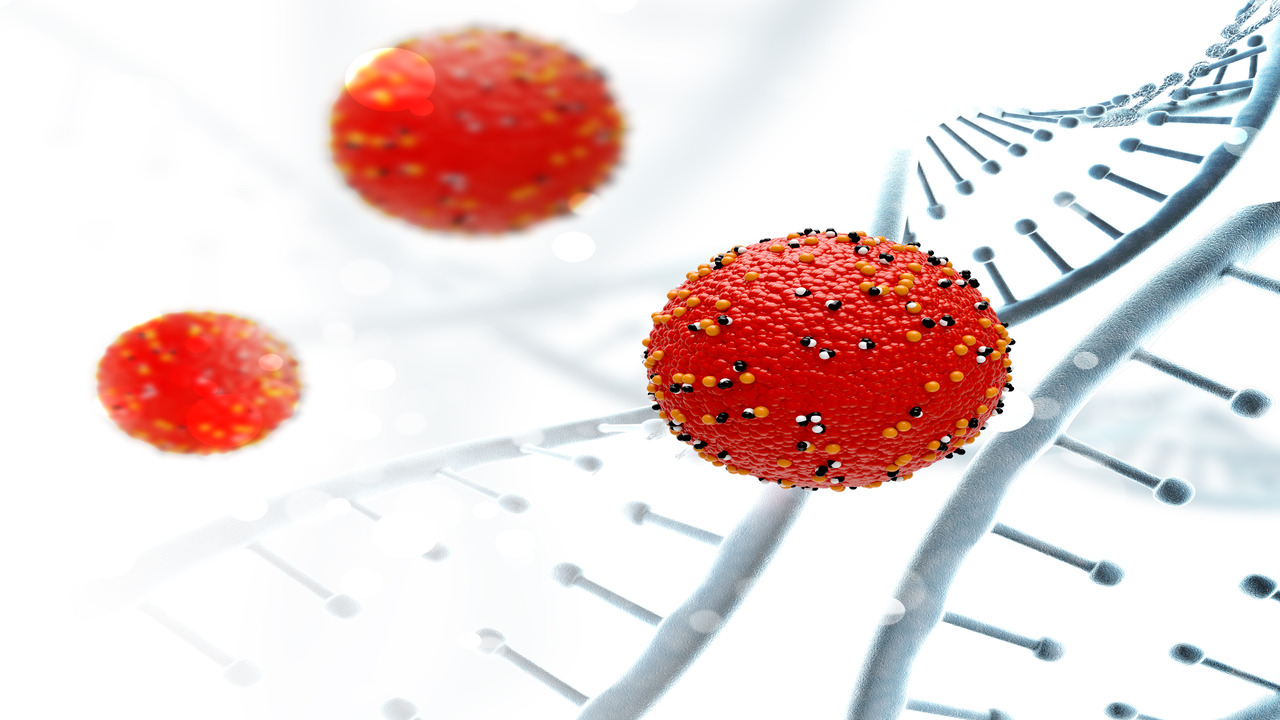Over many years, studies have been conducted on diseases such as cancer and heart disease which affect populations on large scale. As a result of long-term research efforts on diseases that affect a large number of individuals, therapeutic methods have improved massively.
However, there are many diseases which affects a handful of individuals. These diseases often fly under the radar and are far less researched. They include quite a few rare, hereditary diseases, such as DOOR syndrome, which is especially found in the Middle East and Canada.
Magnar Bjoras, a professor at the Norwegian University of Science and Technology (NTNU’s) Department of Clinical and Molecular Medicine says that, for some hereditary, rare diseases, there is no cure. However, gene therapy is a possible solution, and we are presently testing various strategies using gene therapy.
He has established a research team at Oslo University Hospital and NTNU which conducts basic research on rare, hereditary diseases with a long-term goal of finding new therapies.
One of the rare diseases for which, there is presently no medication or treatment is called DOOR syndrome. This is a congenital disorder which involves many abnormalities. DOOR is an acronym for the main features of the disorder: Onychodystrophy (short or no nails), Deafness, Osteodystrophy (short fingers and toes) and developmental delay and intellectual disability (previously called mental Retardation).
DOOR syndrome is hereditary and is caused by the deficiency of a particular protein in the genes called OXR1 (OXidation Resistance gene 1).
Bjoras says, due to lack of this protein, the brain cells are unable to develop as they should. As a result, the brain cells either dies or become dysfunctional.
In order to find out whether there is a way to prevent this from happening, the Bjoras team has carried out tests inside mini-brains which they grow in their lab.
Since 2018, the Bjoras team has been working on growing mini-organs such as mini-eyes, mini-brains and mini-lungs. Mini-organs are used by the scientists to test drugs and gene therapy.
In order to grow mini-brains for their research on DOOR syndrome, the research team required cells from individuals who have this disease.
Many cases have been registered in the Middle East and Canada and the research being done in Norway is based on skin cells from individuals who have DOOR syndrome.
Using skin cells from individuals with DOOR syndrome, the scientists have recreated the disease in the mini-brains. They can then use these mini-brains to test out therapies for this disease.
The process of developing mini-brains takes a lot of months and is painstaking and expensive. The work has given the scientists insight into the reasons why people develop disease – and also provides ideas for treatment strategies. Gene therapy is a treatment where the brain cells can be made to start producing the missing protein. A virus is actually used as a messenger which delivers the necessary production information to the brain cells.
The research has provided new knowledge and ideas for the treatment of patients with DOOR syndrome, and for the other diseases.
The OXR1 protein lessens inflammation, which is a characteristic of most degenerative diseases of the brain, such as ALS, Alzheimer’s, Parkinson’s and childhood dementia.
The researchers have used new, advanced technology. The mini-brains that they have grown are made from skin cells from DOOR syndrome patients and from healthy people.
The mini-brains have been used to study brain development and the scientists have created different parts of the brain which control different functions, such as memory, learning, motor skills, fluid balance, hormone balance and temperature control.
For the first time it has been shown that, in a human model OXR1 promotes protein methylation during brain development in space and time. Protein methylation is an important chemical process which control gene expression.








